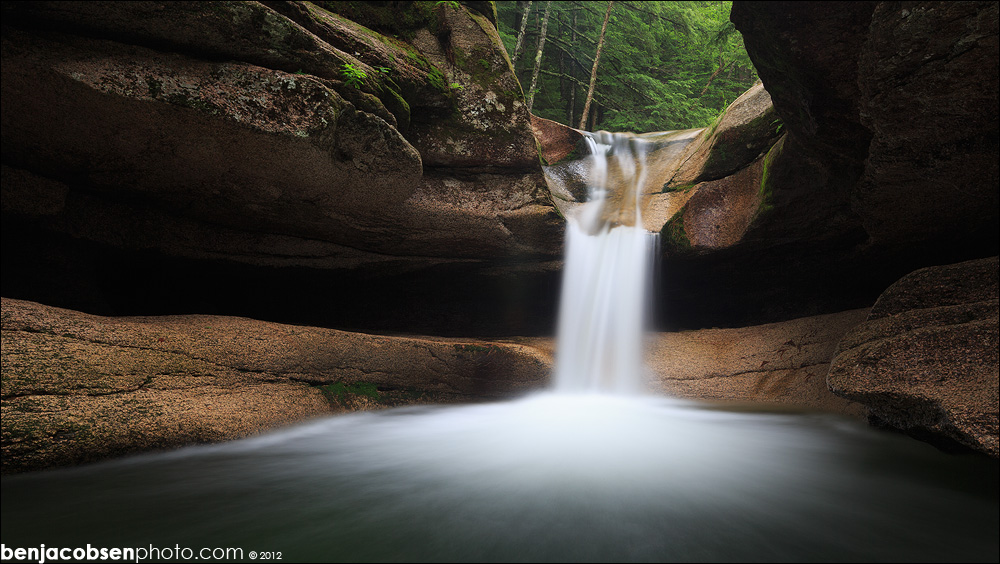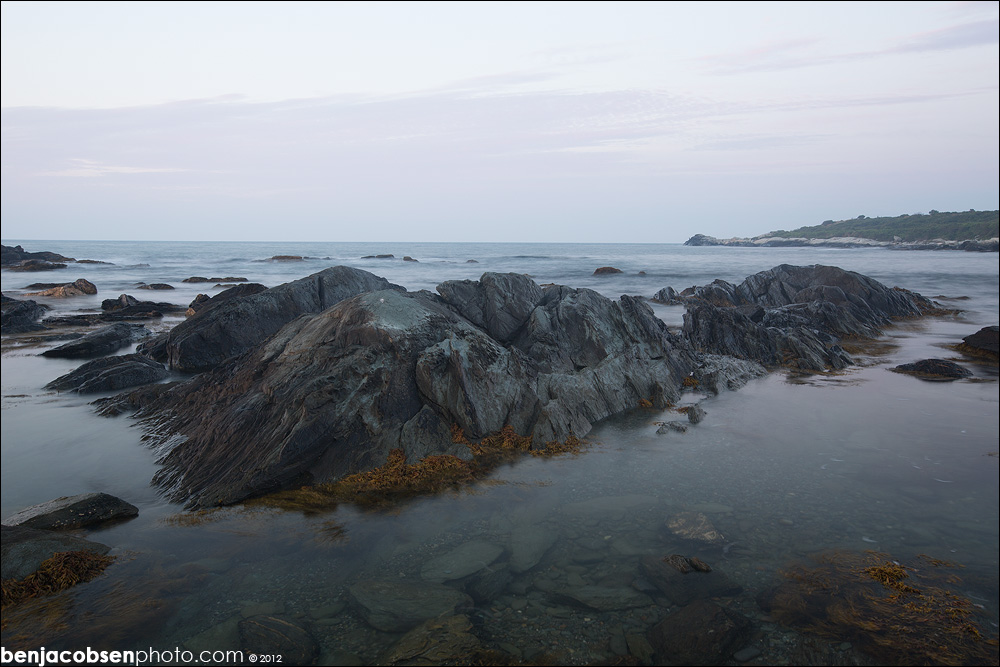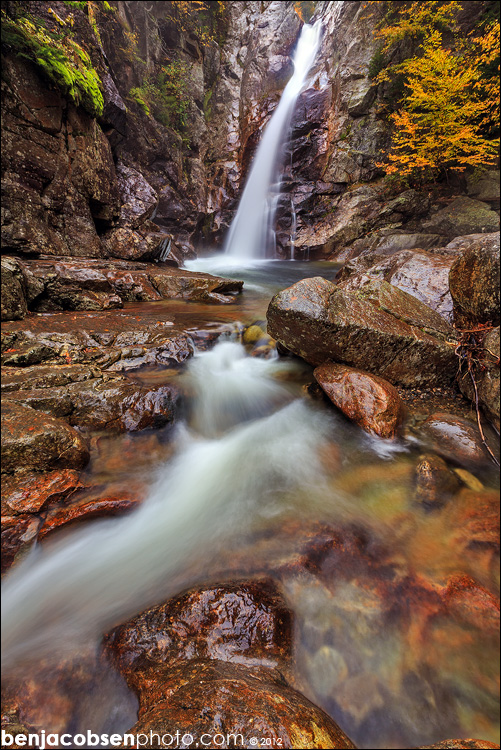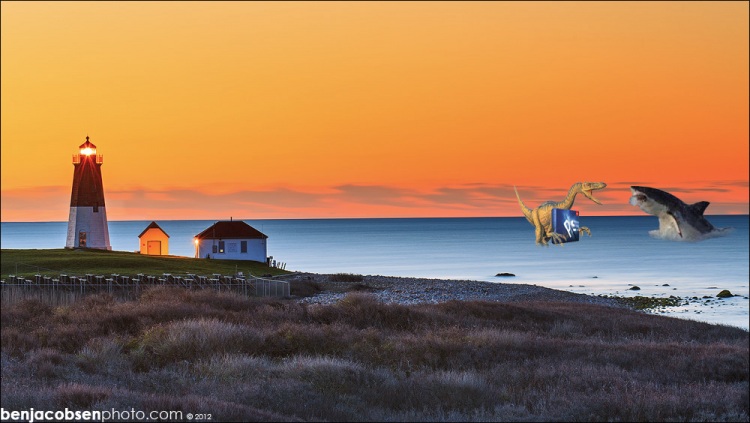This question is one that comes up far too often in photography these days because of the digital nature of most of our work. I’ve recently been asked this very question by the gallery owners at the three different galleries I’m (fortunate enough to be) in right now. This morning I opened a can of worms by asking this question on facebook. From there my photo friends spun off into a great discussion about some options to handling the question. Shawn Thompson even blogged about this very question today as did Kip Praslowicz. Shawn’s post even made petapixel!
Yeah, see, I NEVER photoshop MY images….
What does this all mean? For one it means a lot of us are pretty passionate about the question and what it means depending on how it’s asked. I think some people take the question in the wrong way thinking the person is accusing them of making up something that wasn’t there. I think this is similar to people’s hatred for HDR to be honest and they feel they’re being accused of “overcooking” the image with their processing. I also feel some people are purists and really want to see what was there that morning not what photoshop can put there… I can understand the defensive position. I’ve heard the question asked this way and it is tough to not feel like they’re calling you a liar honestly. But I think these viewers just don’t understand how digital landscape photography works. They haven’t tried it, they haven’t used a filter or gotten up at 4am to wait out the best light (that sometimes never comes). So they don’t know what is possible and just assume what you’re showing them is made up. It’s too good I suppose?
I also think there is confusion about what exactly happens with digital images. They are basically a bunch of 1s and 0s until something processes them… The camera can do it. The computer can do it. But something has to do it. This means people that post “straight out of the camera” images don’t really understand the process. To post something online you NEED to turn those 1s and 0s into a workable image somehow. Sure using JPEGs in camera means the camera has done it, but there’s settings involved in that which are very similar to what photoshop does. Nothing you see from a digital camera is unprocessed.

“Straight out of Camera” | “Photoshopped”
This brings us to the other aspects of landscape photography that are still the same today regardless of what’s recording the scene. Filters! I’m a huge fan of getting things right in camera as best I can. I shot chromes back in my film days (velvia) and they forced me to be on my game as much as possible. I use a circular polarizer in 99% of my images and gradual neutral density (GNDs) filters probably 80% of the time. These filters allow me to get the majority of the work done in camera. Check out the images below to see just how much a CP and GND do to the image [and also see what I can get SOOC -vs- processed with lightroom (LR) and Photoshop (PS)]. The shot is nothing amazing, it’s just the first shot I found where I have a sample with my filters in place as well as one with no filters. I’ve also taken the RAW file and processed it in camera to show what a JPEG “SOOC” would look like, there’s also the image with just my LR processing and finally there’s my fully processed image using both LR and PS:

“Straight out of Camera” | filters “SOOC” | Lightroom Only | Processed in Camera | Processed in PS & LR
At the end of the day, people ask this question for different reasons. Some don’t understand how you did what you did. Some want to learn how to do what you did. My answer to the question? YES I USED PHOTOSHOP! It doesn’t bug me when people ask because I attribute it to them wanting to know how I did it. It doesn’t matter if they want to really know or they think it’s completely made up, either way they’re impressed enough to ask. I add contrast and saturation to my images in photoshop. It’s no different than what I did when I shot film. All my adjustments effect the whole image similarly to how changing film or paper changed my results then. Some people will say my colors are overdone or punchy. That’s fine, you’re entitled to your opinion and the same was said about velvia by a lot of people back in the day. It’s the look I like. I’ll also say, unless you’re getting up and shooting these sunrises with me, you’ll never know what mother nature did on her own that morning. The biggest secret to my images is an alarm clock and forcing myself to shoot regardless of the weather. Oh, and my camera takes really nice pictures. 😉
This last shot used just a circular polarizer. It was then processed in LR and PS.

NO circular polarizer | WITH circular polarizer












Your photos are awesome, I love it!
If it is possible, can you include the setting on some pictures so others can learn easier?
Awesome work Ben 🙂
Tyler, The EXIF info on all my shots is intact. If you get an EXIF reader for your web browser (google it) you can then see the settings for ALL my shots. Generally though it’s ISO100, f/16 and 10~30s depending on the light. I try to shoot 5~45 minutes BEFORE the sun comes up as I find that’s when I get the best light and colors for what I’m trying to do.
Ben